|
Creating ARki over the last few years has been quite a journey, In this interview for the App Store, Founder of ARki app Sahar Fikouhi discusses her story for creating ARki, and how her time working as an architect at Foster and Partners helped shape the vision for an augmented reality toolkit for architects.
0 Comments
In this era of mobile computation, it is important to understand how architectural space is continually determined through digital interfaces, as much as it is by its physical counterparts. As computational intelligence strengthens within the domain of augmented reality technology, it becomes vital to understand how people experience physical space through a series of digitally crafted landscapes, and how these digital interfaces can become embedded within architectural design and fabrication.
With the release of ARki 2.0 we made a challenging decision to re-develop the app with the inclusion of a marker-less AR solution, ARkit, versus our previous marker-driven SDK provided by Vuforia. The pro and cons of both solutions were extensive, and we deliberated over this decision tirelessly. However in the end ARkit won, and today I wanted to go over some of our reasons for why we chose to upgrade to ARkit over our beloved Vuforia SDK.
The introduction of paper-less AR is a total game changer for ARki visualisations. The ability to bring design propositions to life without the need for printed images, means that ARki is free from the confines of paper printouts, and paper size limitations. Now ARki is able to be explored spatially, on-site, and in any environment that could essentially benefit from an augmented visualisation. The release of ARki 2.0 is the start of our paper-less AR adventures. We are excited to see how this new toolkit allows us to start incorporating AR within the built environment, and at much larger scales than the standard AR experience.
Archi-Maton from Darf Design on Vimeo.
When we started theorising about ARki back in in 2010, we imaged a parallel dimension of architecture and environments that ran along our physical reality, and seamlessly merged with our surroundings. In this reality, architects could easily superimpose their designs within their physical sites, visualise digital models on table tops, and experience walking through their designs in real time, without having to create physical prototype or models. Initially the AR technology available didn’t allow us to freely create these experiences without the use of 2d image trackers, such as site plans etc, to augment these digital models within the real-world. Moreover the ability to create large scale architectural propositions in AR was always limited to the use of industrial scale printed markers as trigger images to kickstart the augmentation.
We are excited to release a snippet of our latest 2d game coming soon to ios and Android.
Stay Tuned for more information......................... Having explored the idea of spatial gaming over the last 4 years, we are continually pushing the boundaries of gaming and art to transform physical space into playgrounds that can be experienced through new gaming techniques.
Hermaton Update on google play and App store, which has 7 new levels that work with the cone models displayed at Shine Bosch Arts Festival! Visit the Hermaton Shine page for more information.
We are excited to launch our latest ARki for the Porter School of Environmental Studies- which will be exhibited at the Ecological Ripples Exhibition in Tel Aviv. The app showcases the sustainable design agenda of the building in Augmented Reality, and can now be downloaded on the app store: https://itunes.apple.com/us/app/arki-pses/id910990522?mt=8 Snapshots of the ARki PSES app on display at the Ecological Ripples Exhibition- courtesy of Geotectura.
|
Darf BlogWelcome to Darf Blog. Categories
All
Archives
March 2024
|
Want more Information?
Our TeamAbout
|
HelpTutorials
|
LegalTerms of Use
|
All works © Darf Design 2020
Please do not reproduce without the expressed written consent of Darf Design
Please do not reproduce without the expressed written consent of Darf Design

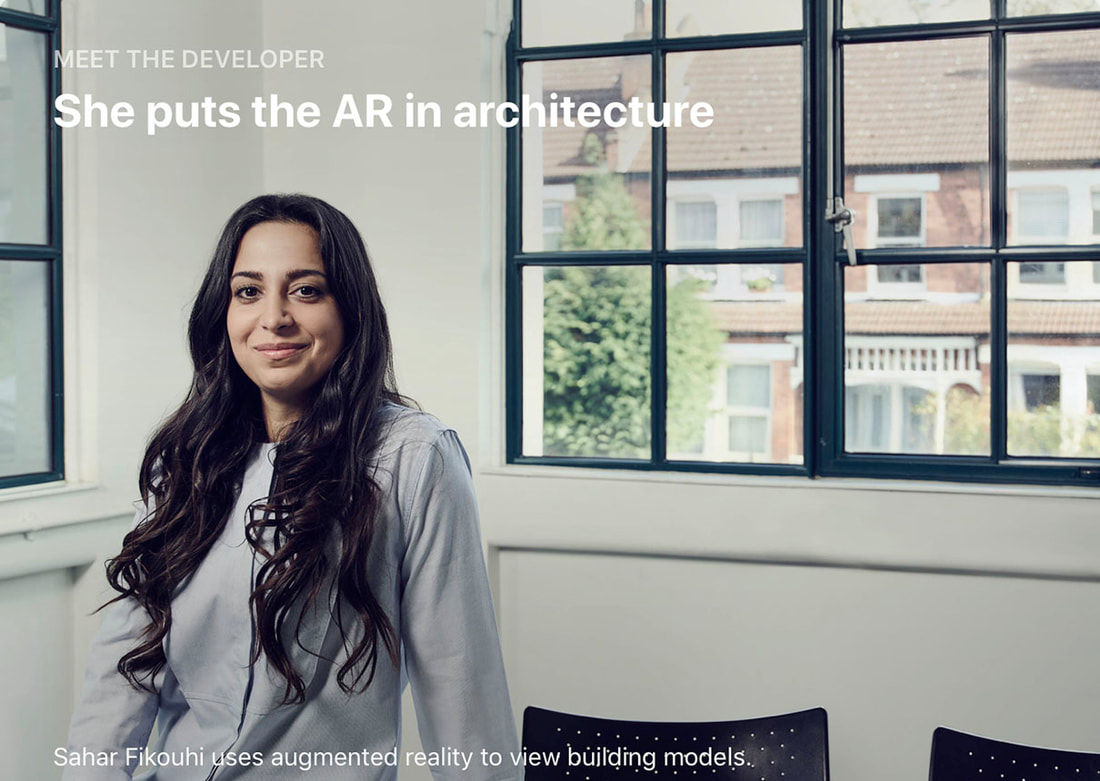
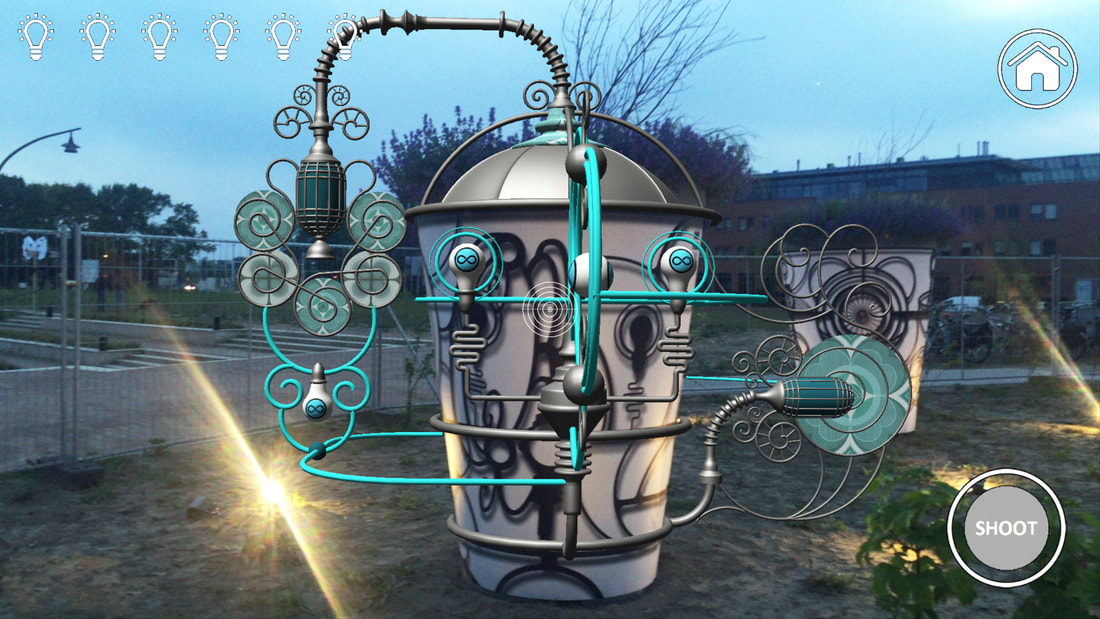
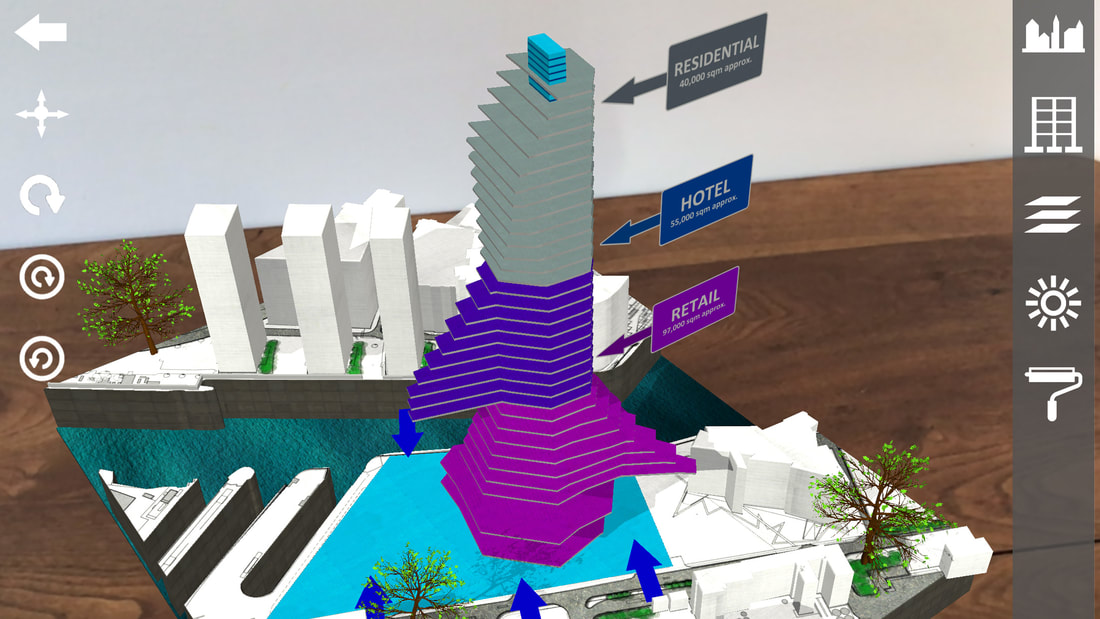
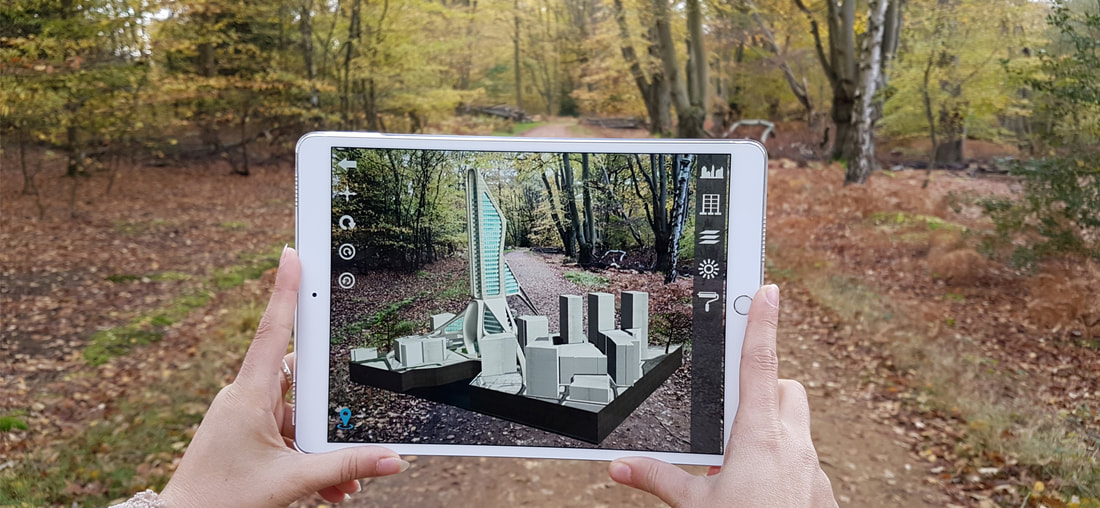

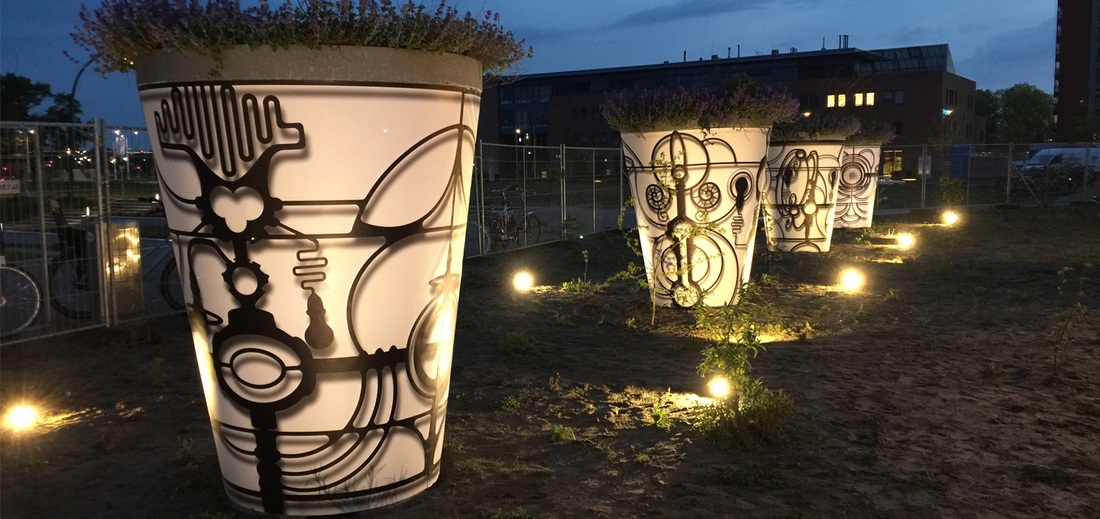
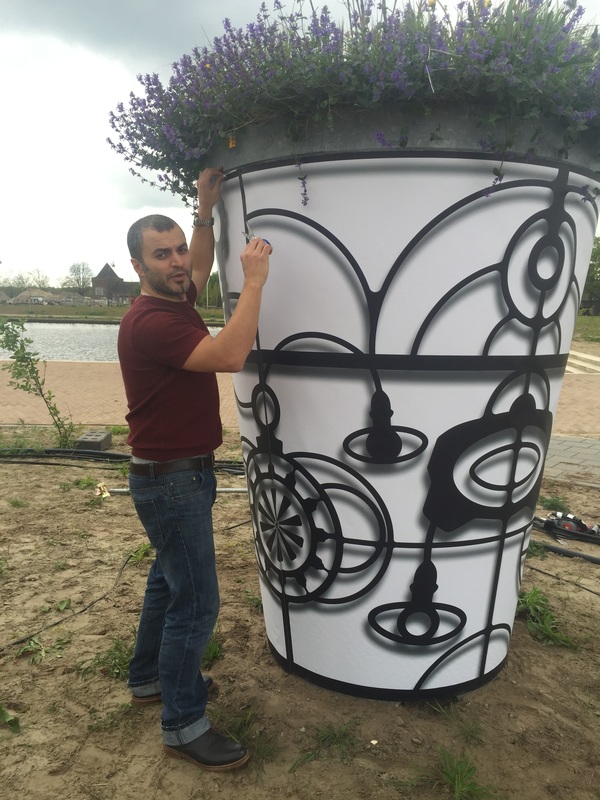
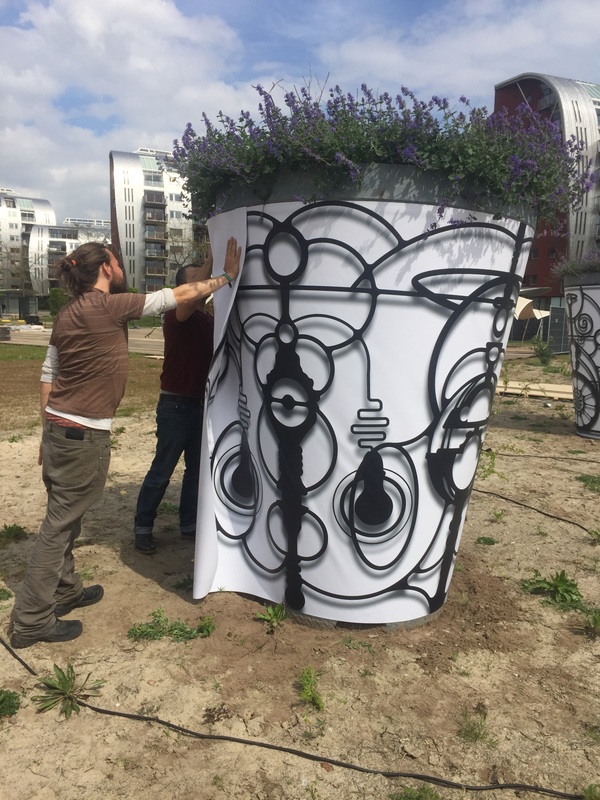

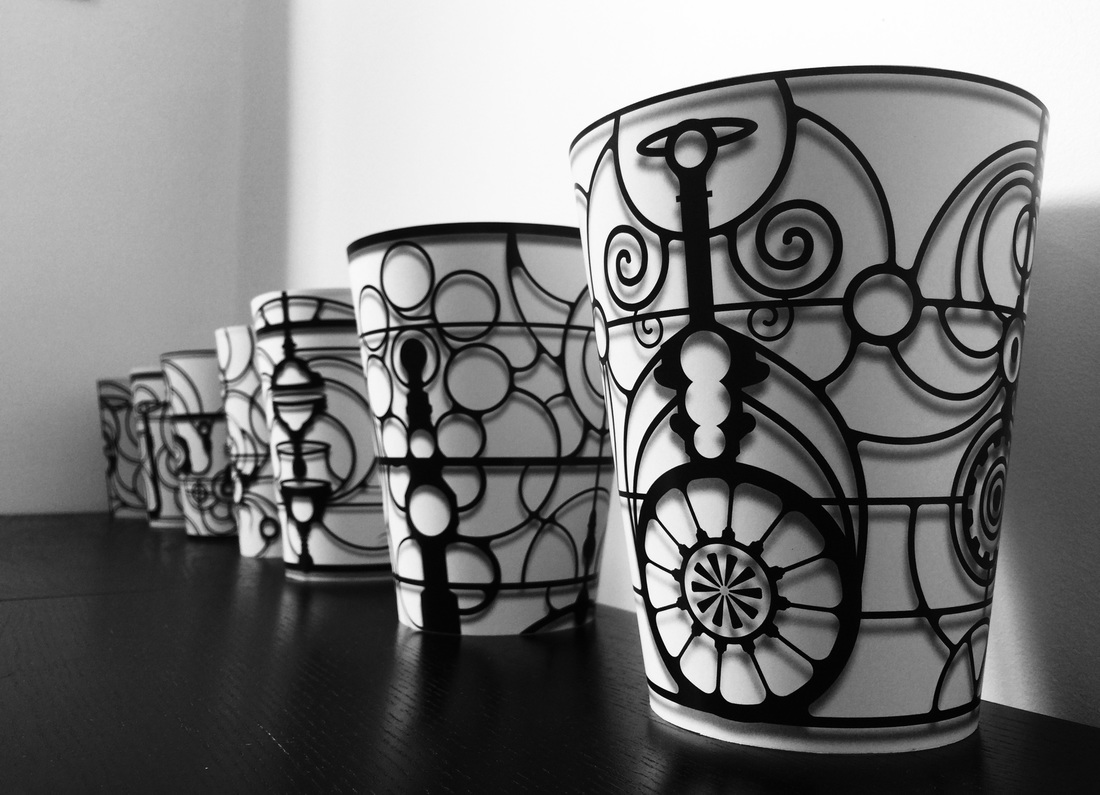

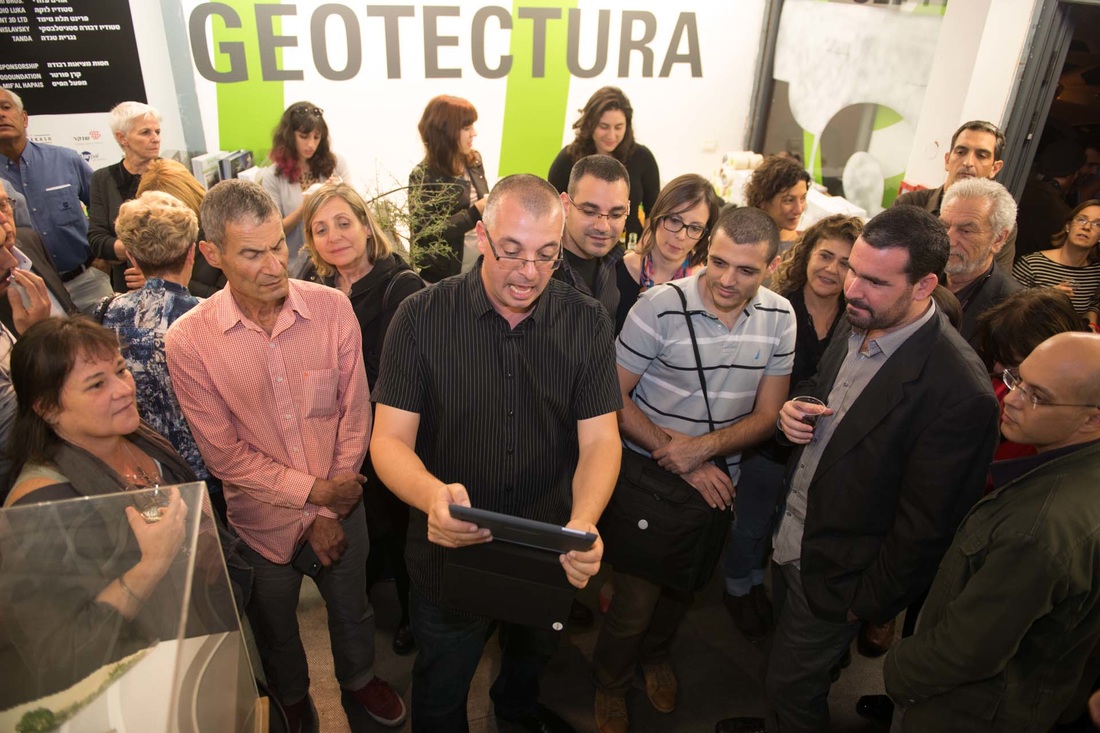
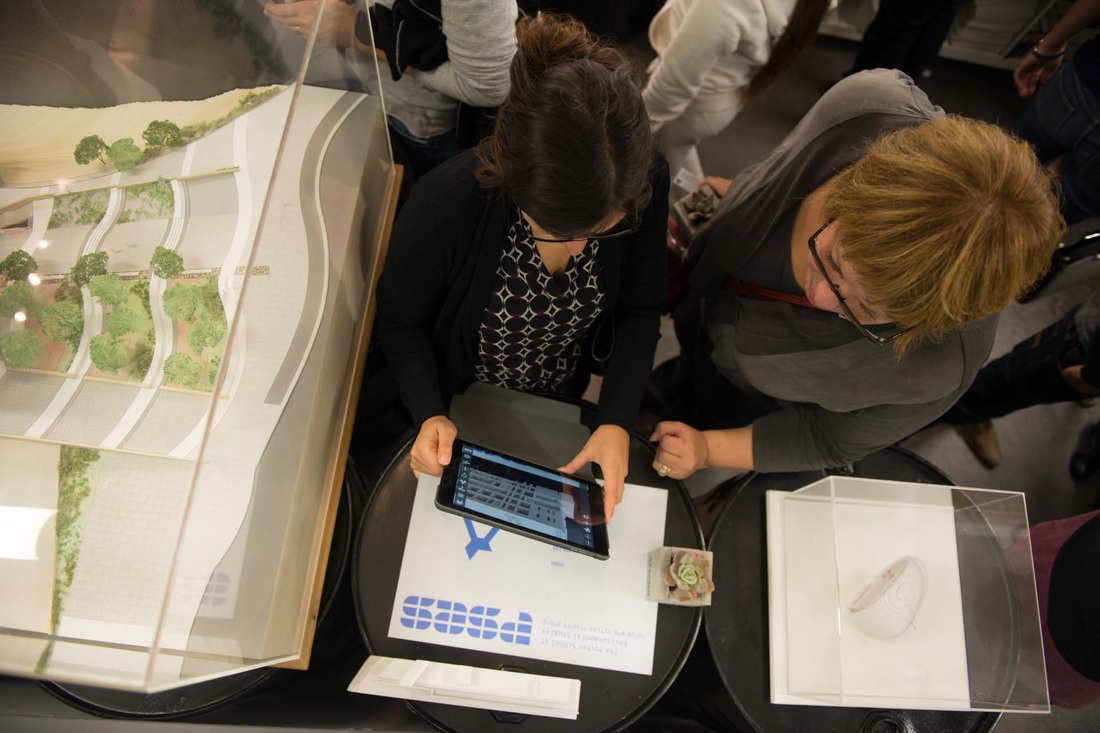
 RSS Feed
RSS Feed
